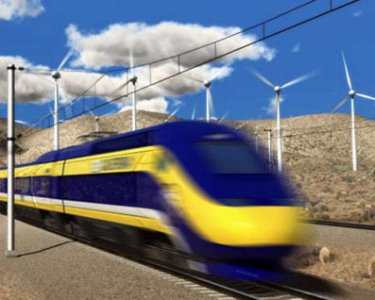
Urban mobility efficiency and its sustainability are all the buzz, both on major news outlets and within the urban transportation industry. Current efforts have been focused heavily on leveraging the Internet of Things and all the data that can be collected on a mass transit system to improve the efficacy of urban transport.
Most modern bus fleets and light rail vehicles are equipped with a significant number of sensors to measure operational parameters as well as on-board cameras that continuously record in high-resolution video. The resulting challenge is managing this large amount of data and video in a way that’s cost effective and decreases operation costs rather than creating additional burdens.
Vehicles, for the most part, still are not connected and, compared to other IoT applications where broadband connectivity is pervasive, connecting moving vehicles using off-the-shelf wireless technologies remains a bit daunting.
Surprisingly enough, adding on-board video to a light rail line can actually increase operational costs for mass transit agencies if the project is not implemented with the right amount of technology and automation. A major mass transit agency in North America, for example, was recently forced to hire twenty new employees simply to manage its on-board video recordings, as law enforcement agencies need video clips of on-board accidents for their investigations.
Historically, the mass transit agency had no other way to provide these other than to have a crew of at least two people chasing the train in a car and jumping on it when it stopped to replace the on-board hard drive where the video was recorded. Due to the limited on-board storage, the hard drive replacement had to be done within mere hours of an incident and the number of requests required multiple crews working at the same time with several vehicles.
The good news is – there are several ways to fully automate the process to have all the valuable data and video easily stored in a data center and be fully accessible through a wireless network connection without the need to add people to the payroll to chase trains every day.
To avoid the outdated manual and expensive processes of managing video surveillance recordings, several mass transit agencies are now trying to offload all the on-board data and video at night when all vehicles are parked in a depot leveraging wireless technologies.
Read the complete article at the link below
Source: linkedin.com
